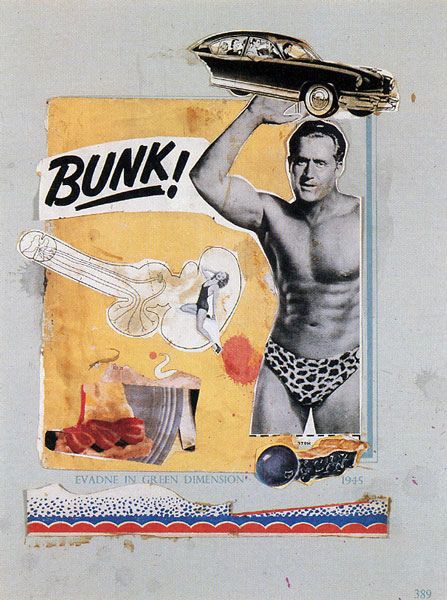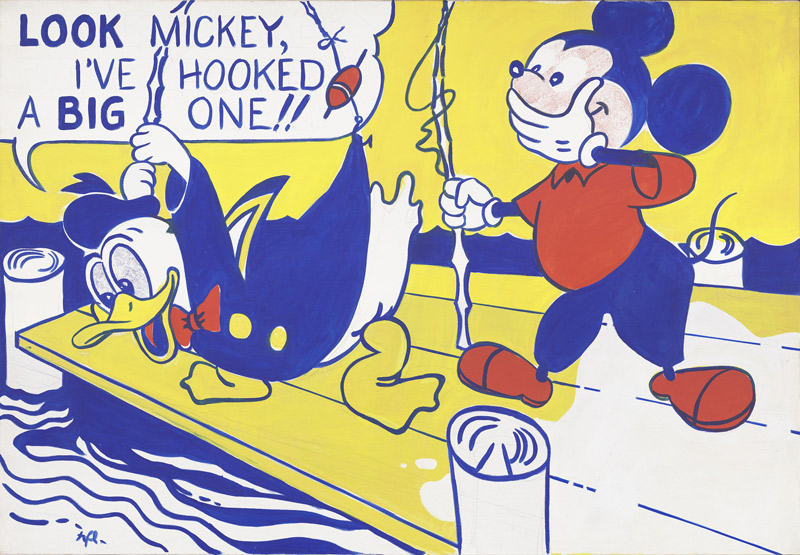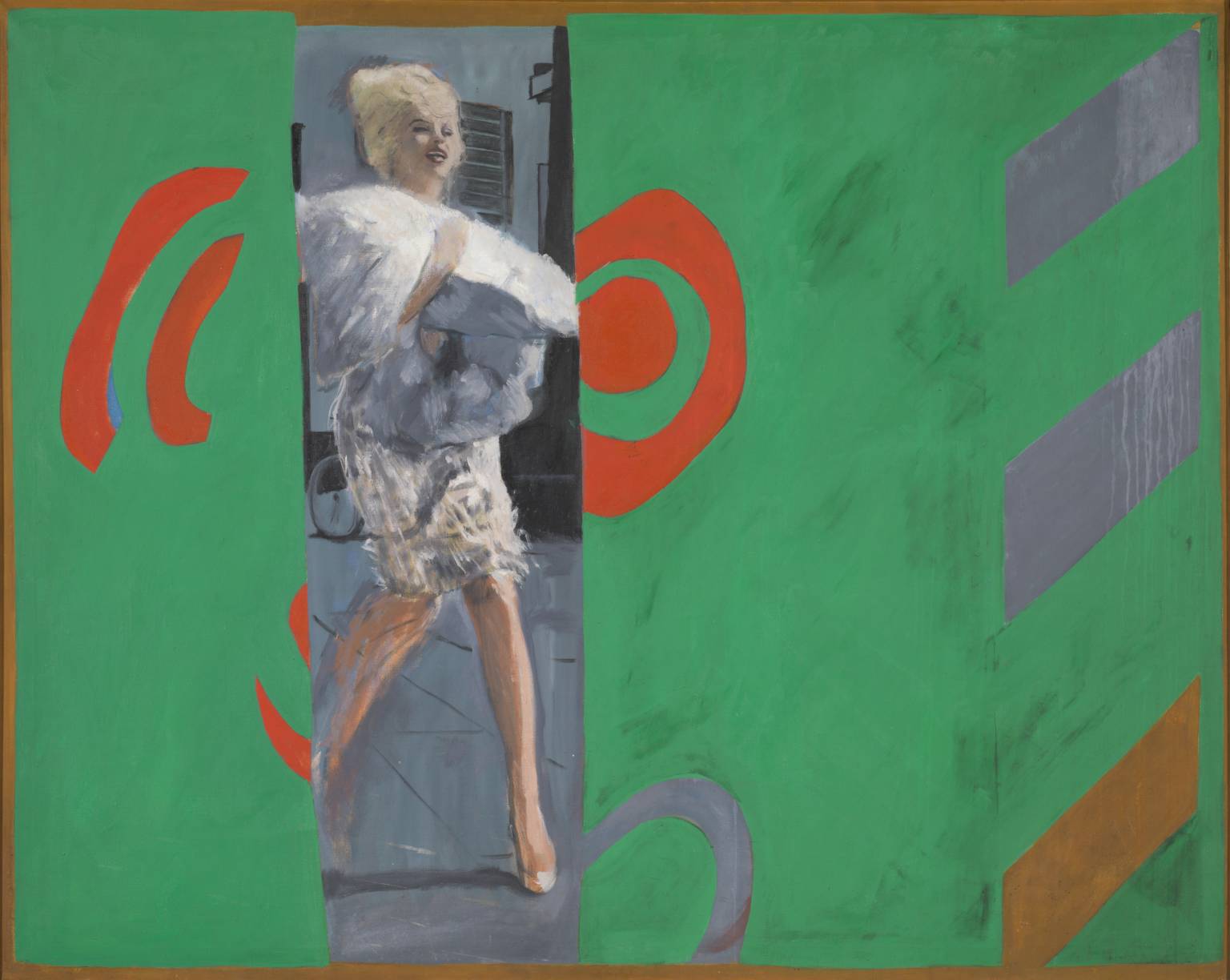In Part 3 of the Doctor’s Dozen, John and I discussed the artist Raoul Hausmann, a founding member and leading proponent of the Berlin Dada movement and one of the originator’s of the photomontage technique. This led to the subject of Part 4, Kurt Schwitters who also used photomontage, but developed this to create his famous Merz pictures. He also incorporated American comics into his collages, and as such is often considered to have been the forerunner of British Pop Art. Any consideration of this subject would be incomplete without attention being given to Sir Eduardo Paolozzi, a leading member of Britain’s post-war avant-garde and arguably the father of British Pop Art. So, Paolozzi is the subject of Part 5 of the Doctor’s Dozen.

Pop Art took its name, subject matter and inspiration from popular culture and the artists who developed it were interested in the commercial imagery of advertising and the media, which fuelled the post-war consumer boom. They drew not only their subject matter, but also their materials and techniques from the world of mass production.

Later in America, artists such as Roy Lichtenstein painted huge canvases whose imagery and painting technique imitated cheap comics. Andy Warhol famously chose objects such as Campbell’s soup cans and magazine images of Marilyn Monroe for his subjects, in order to show how the endless replication of images will turn soup cans and superstars into icons, but also into objects of disposable consumption.


British Pop Art had a different tone, reflecting the reality gap that existed between the glamour, affluence and optimism represented by the USA, and the rationing and social hardship experienced in post-war Britain. Paolozzi and his contemporaries parodied the aspirational consumer lifestyle served up in glossy magazines.
Paolozzi was a member of the Independent Group, a loose association of young artists who were interested in the impact of technology, mass production and popular culture on art. His seminal 1947 collage I was a Rich Man’s Plaything is considered the earliest standard bearer representing Pop Art.

In 1952 Paolozzi gave a hugely influential lecture entitled ‘Bunk’ where he demonstrated how people were daily bombarded by an unprecedented array of images. He showed a series of collages in rapid succession that he had created from advertisements, glossy magazines, science journals and comics. Much of material he used he had collected from American servicemen.
The collage ‘Real Gold’ [below] comes from the series shown in the ‘Bunk’ lecture. Paolozzi’s use of collage in the Bunk lecture reflected his interest in the photomontage techniques of Surrealist and Dada art. However, his lecture is often taken as the moment Pop Art in Britain was born.









